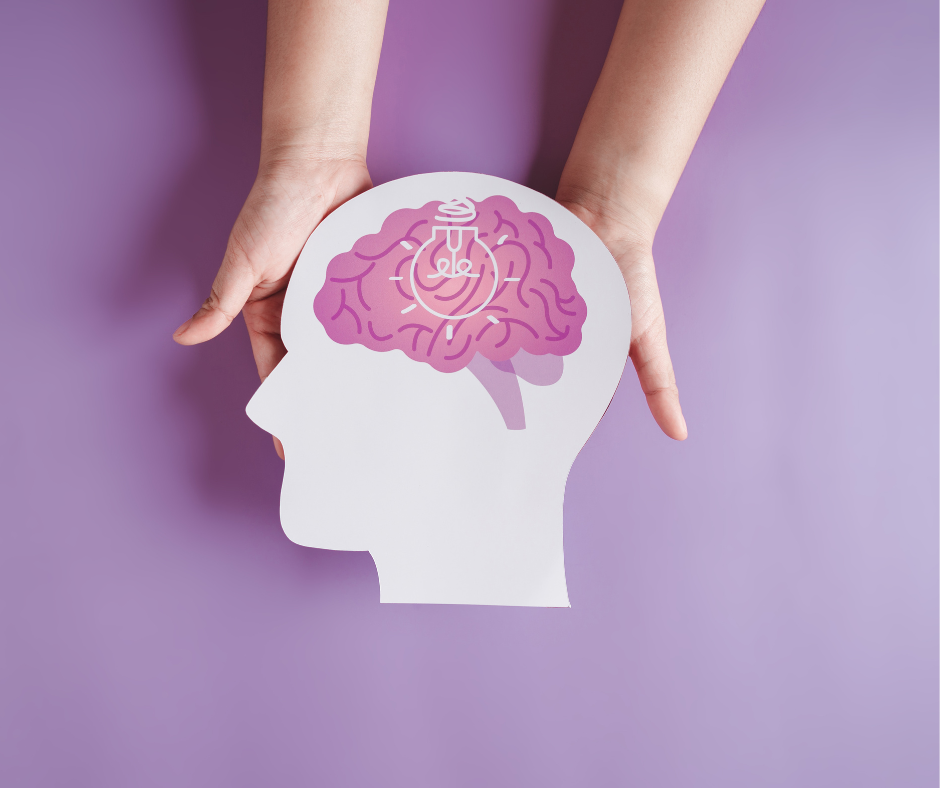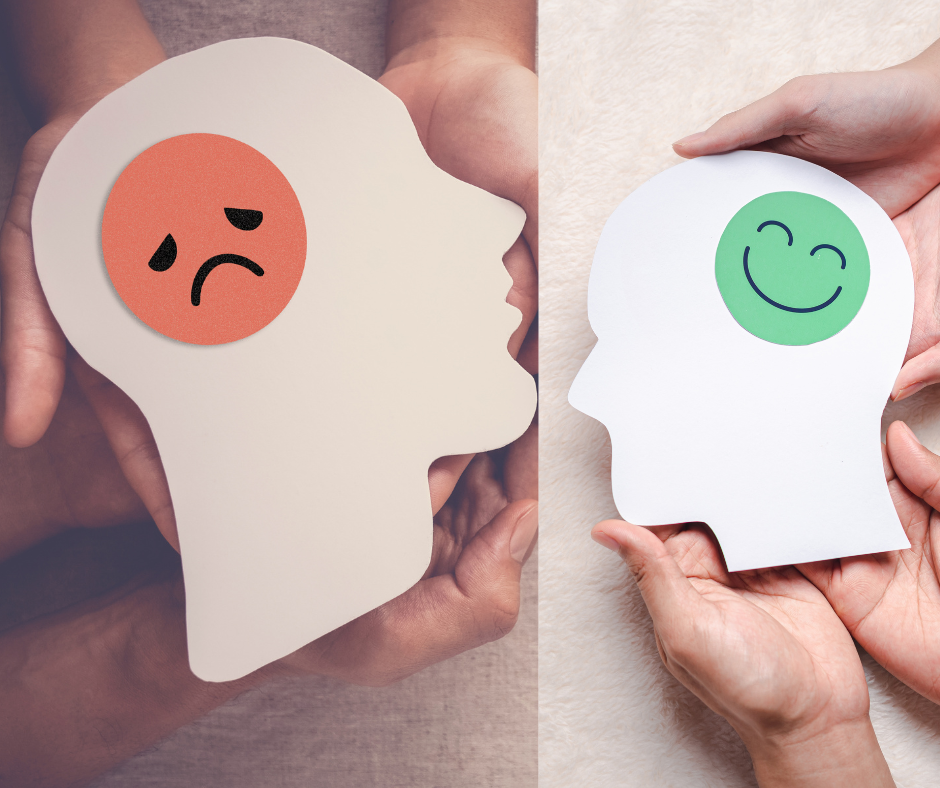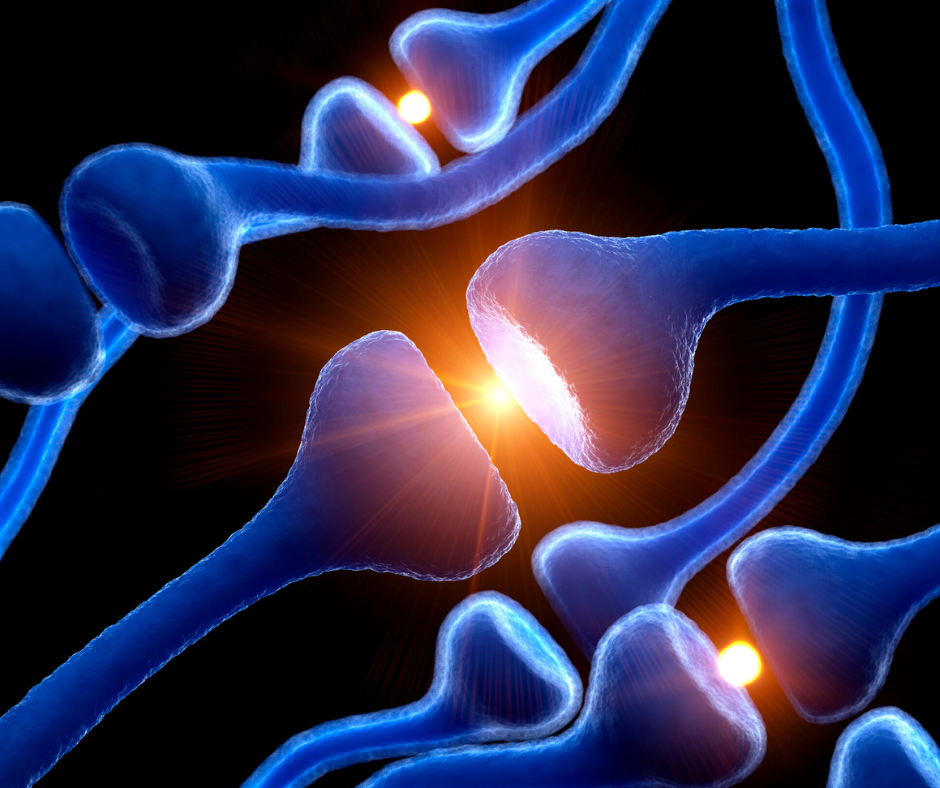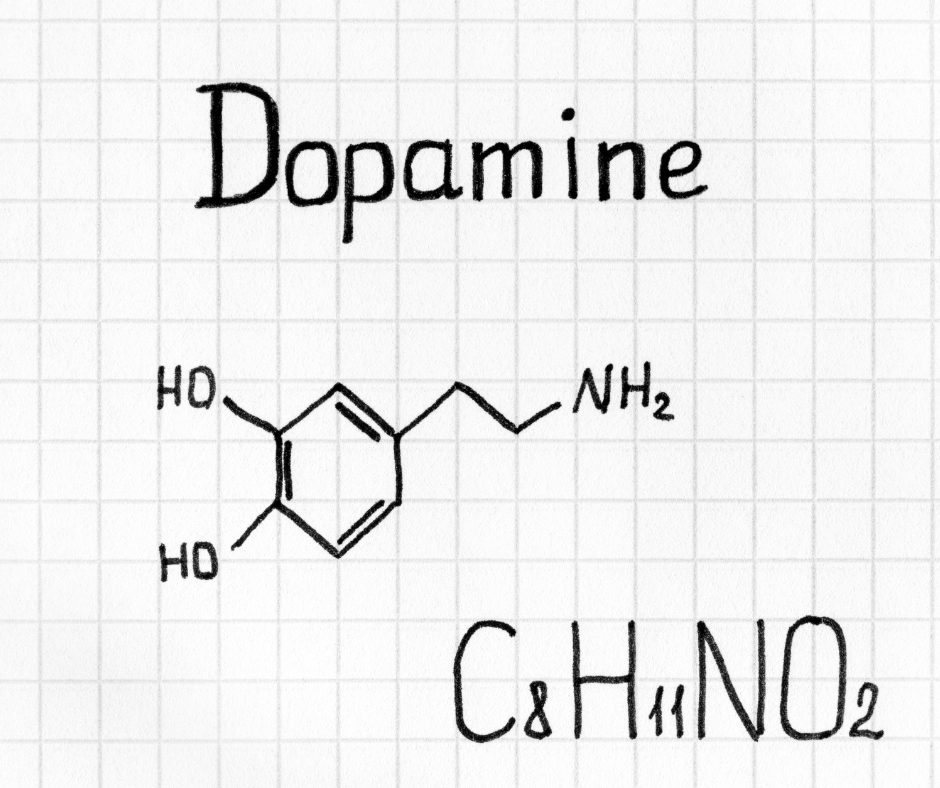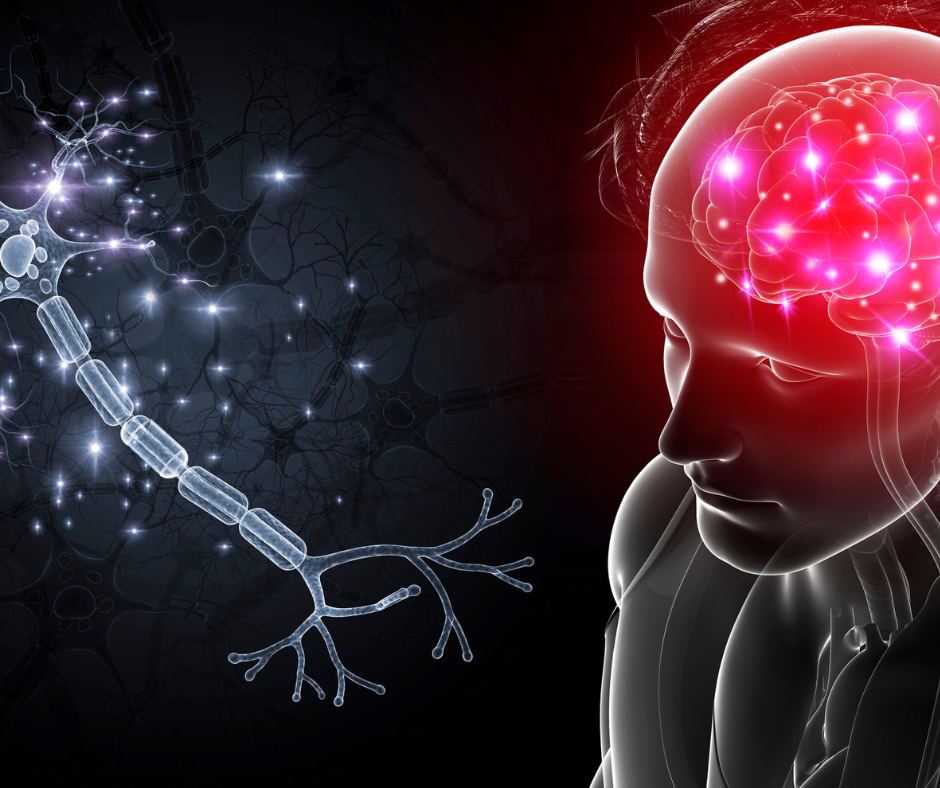Science defines joy as an emotion, a feeling of extreme delight where the human spirit is perceived as rising . Joy brings with it an intense sense of wellbeing and satisfaction or gladness in life. Such a feeling strengthens the immune system. Without getting too scientific or technical the feeling of joy releases chemicals in the brain described as both passive and active that culminates in immeasurable pleasure and happiness that induces physiological responses, decreasing cortisol levels (stress hormone), relieving depression and decreasing physical and emotional pain. There is also evidence that suggests joy increases longevity. Biblically it is claimed that joy arises from the recognition and trust of God; his devine and spiritual presence and the belief that through him there is a promise of our dreams and aspirations being realised.
The chemical I referenced earlier is not singular, there are in fact two chemicals and these are dopamine and seratonin. Research has shown that people diagnosed with clinical depression have very low levels of seratonin in their blood. Both these neurotransmitters induce the feelings of happiness. So, here the natural question is how does joy differ from happiness. The consensus is that where joy is a continuous and constant inner sensation, happiness is the outward expression.
A joyful person has a much deeper connection to meaning and purpose in their life. It makes them resilient, so as to be able to endure difficulties and obstacles as they arise. They meet trials and life challenges with a degree of pragmatism that allows them to overcome, get through, persist and succeed instead of buckling and becoming overwhelmed. That is not to say joyful people are not capable of feeling hurt or pain. They can grieve for loved ones or regret and even recognise moments of low mood, but the time it takes them to recover, accept, let go and move on is very quick.
It has been observed that often joyful people can be annoying to people who have a tendency to be negative. The reason behind this is the involvement of the active parts of the brain. The frontal cortex where awareness resides, is communicating with the Amygdala, recognised as the “feeling center”. The Amygdala is also involved in negative thinking, something our brains have a predisposition towards, due to evolution that dates back to primitive man and, his response to danger and fight for survival. The Amygdala is pre-programmed to readily complain, criticize, be concerned, commiserate and catastrophize. But the presence of seratonin and its impact on executive function at the frontal cortex of the brain offers salvation and therefore, gives rise to happiness.
Faith and belief in a higher power, like God for example, provides a reason to put aside negative feelings. Suddenly, there is something that provides deliverance from catastrophe, so that concerns can be diminished to make way for joy. The problem is that faith and belief in God, to take away our worries means, that we give away the responsibility we have to ourselves of providing meaning to our well-being. This is dangerous because it suggests that without God there can be no joy. Thats a nail in the coffin of every atheist! But, belief in God, if it brings you happiness and ultimately the bliss of joy, is not wrong or futile. It just suggests that dependency on God through every challenge may eventually default to the natural negativity of evolution, particularly if nothing ever goes right.
However, whats important to realise is that we have brain circuitry. If we are used to circuitry predisposed towards negativity we will be negative, depleted in seratonin and, if we have circuitry leaning towards positivity, then we will be disposed towards positivity and feelings of happiness, because of the presence of seratonin.
Consider this for a moment: happiness is a feeling that comes and goes, its ebb and flow being dictated by any number of situations, circumstances and environments but, joy is a condition in life. The implication is that we can be joyous in the absence of happiness.
But can we be happy in the absence of joy? Yes we can. In terms of applying positive psychology this is very important to understand. A situation, circumstance or environment can make us happy. A lottery win, passing an exam or reaching the top of Kilomanjaro can give rise to feeling happy, but often this is a momentary high. We need to induce this constantly to access happiness and the addictive nature in personality. The constant desire to create those happy moments. However, in the presence of joy, when the happy moments give way to the low moods, joy is able to help us recover. In the presence of joy, every happy moment can be savoured and connected to meaning and awareness. Its impact lasts.
Feel Good Terapy suggests that brain circuitry laid down with the emotion of joy and built upon with the happy moments is significant only if the locus of responsibility centres itself inside of us rather than in an external entity such as God. There is nothing wrong in being both a joyous person and feeling the bliss of faith. Its important however, to know you can do both, but more important for the longevity of well-being for you, is to understand and distinguish that one is an external component and true and lasting joy, if it is a part of you, will be what contributes to your physical, mental and emotional well-being and ultimately to your successes and achievements in life if, you have dreams, goals and aspirations.
This is where research has applied itself and identified how joy is vital to well-being and a most necessary component to human flourishing. This however, is nothing new. Theologians and esoteric teachings for millenia have articulated the need to cultivate joy and the self help movement has, since the beginning of the 20th century prompted by the work of Maslow and his contemporaries, used those very same teachings (well meaning no doubt) and have taken advantage of people. To say you need joy and then give you a list of things to do to attain joy without explanation or understanding of why, or even bamboozling you with espteric theory and philosophy is unlikely to achieve the desired outcome. An example of this is the repetiton of affirmations. Affirmations is a great way to achieve your goals but simply saying something under the premise of ‘fake it till you make it’, will only result in disappointment, unless the affirmation comes with true belief and a plan to realise the outcome.
Joy is of utmost importance to human wellbeing. It is fundementally what makes life worth living. Joy opens our souls, gives our existence ease and fluidity. Positive psychology is referred to as the science of happiness that has now begun to conduct the academic research necessary to explain the greater relevance of joy over happiness and its importance to human flourishing.
What does Joy mean for us on an individual basis?
Science is now telling us that joy is essential for wellbeing. That a life lived joyfully staves off pain, stress and helps us meet our challenges and overcome our obstacles to continue to live a fruitful and flourishing existence. That a joyful mental framework allows us to succeed, achieve and realise dreams, ambitions and aspirations. That a joyful disposition can benefit us individually and extrapolating from that, if many of us within a community exhibit a joyful mental framework, the community can flourish.
How can we cultivate joy within ourselves?
In the opinion of Feel Good Therapy, Joy can only be cultivated in the brain, therefore, knowing how to raise our seratonin levels and maintain them is key. Neural networks of joy need to be built over time and for this, thought patterns must be changed and appropriate actions taken. An example of this is reflecting upon our day and writing down every thought and opinion we hold on the day about what has happened, what was said and the behaviours displayed. Once we have written down everything, identifying the negative and rewording it so that it doesn’t sound critical, catastrophic or concerning is a first step. We then build this process into a habit by doing it daily. This is referred to as journaling, reflecting and reframing. We can measure the changes using a list of questions on the first day that helps us identify all the negative things we write. If we do this task for 30 days we can do the questionaire on day 1 and then again on day 30.
Comparing the scores indicate whether there is a change in our perspective and what degree of change has occurred. In that time period we can measure our joy levels using a simple numeric scale. Again if we deem our joy levels after 30 days as being higher than day 1, then we can suggest a correlation between the changing of negative thought patterns to a more positive leaning and that as this happens we become more joyful.
The journal writing is but one task. There is much more we can do. However, the embracing of joy has one very vital component, without which it is impossible to accomplish. Choice. We must choose to be joyful.
.




